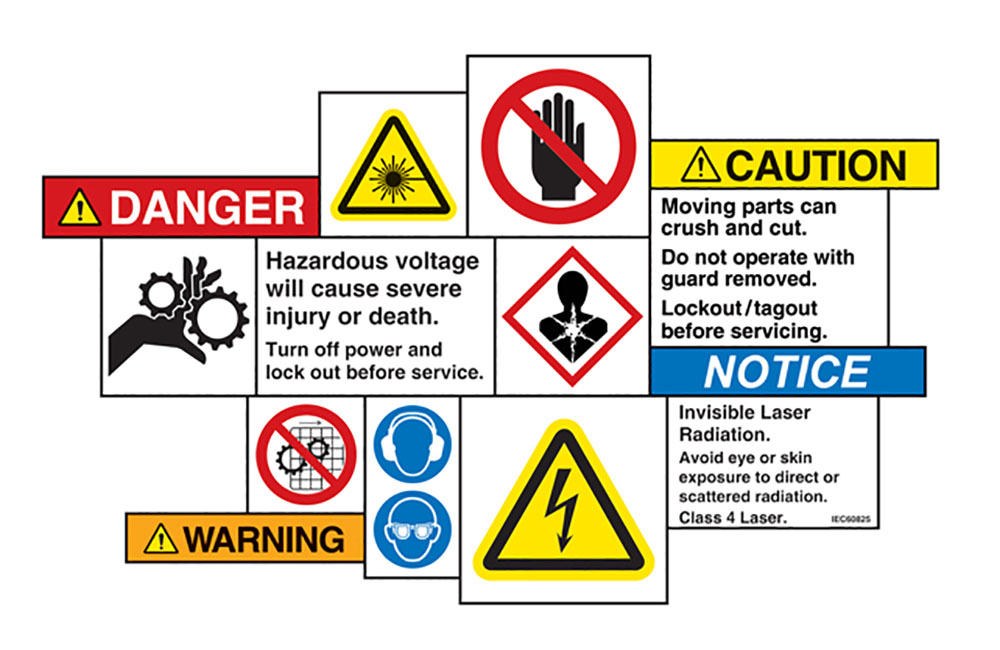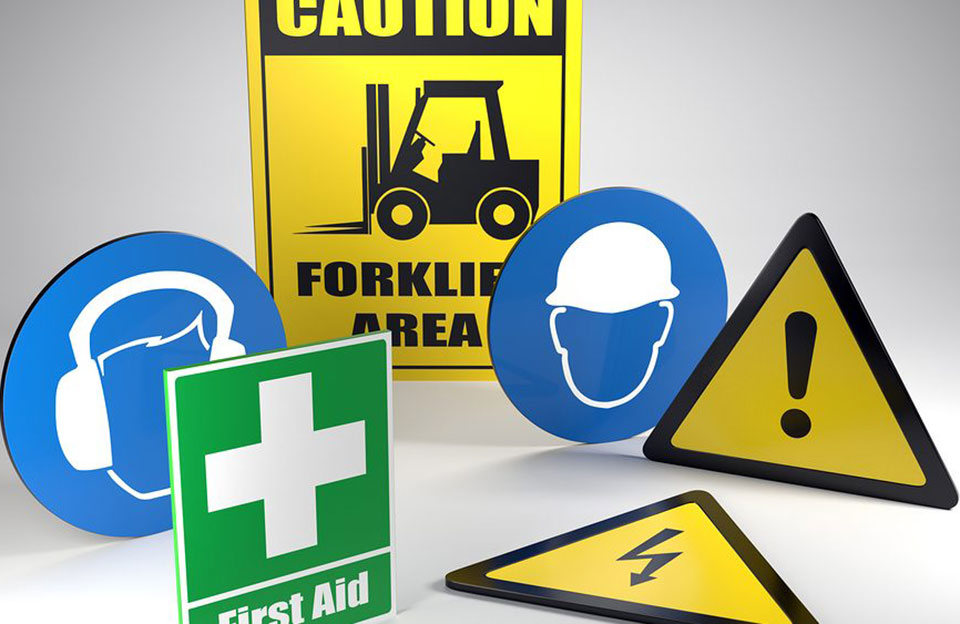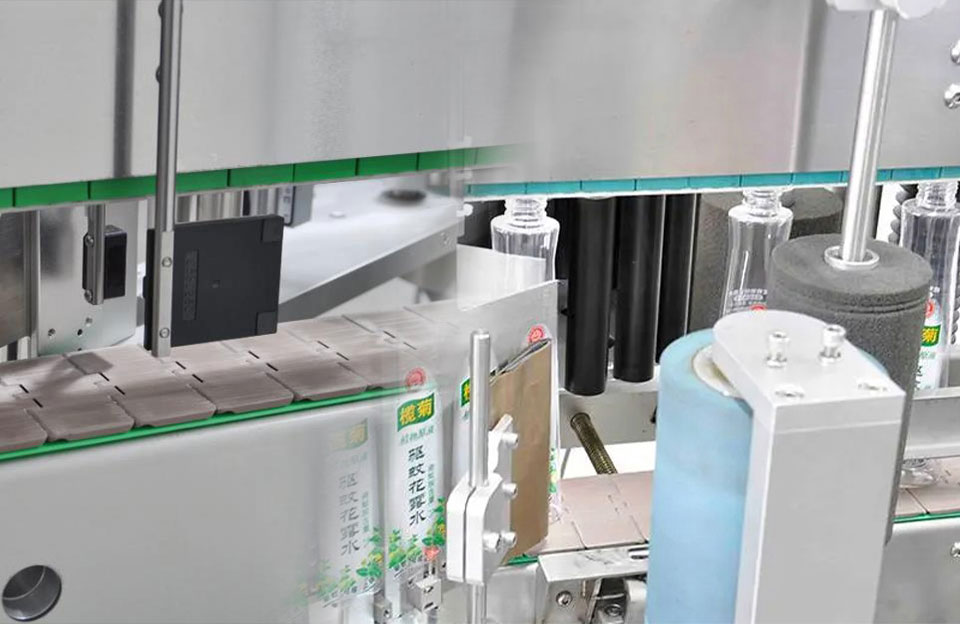Safety labels, or security labels, are a crucial aspect of product design and manufacturing that aim to inform and protect consumers, workers, and the general public from potential hazards associated with a product or its use. These labels provide essential information and warnings, helping users make informed decisions and use products safely and responsibly. Security labels are on various consumer goods, industrial equipment, machinery, chemicals, and public spaces.
The Importance of Safety Labels in Daily Life
Safety labels play a vital role in daily life, helping to protect individuals and communities from potential hazards and accidents. Here are some key reasons why security labels are important:
- Preventing Accidents: Safety labels provide essential information about potential products, equipment, and environmental dangers. They serve as warnings to help people avoid accidents, injuries, or even death. For example, labels on household cleaning products remind users to keep them out of reach of children to prevent accidental ingestion.
- Public Awareness and Education: Safety labels in public places, such as airports, train stations, and public buildings, inform people about emergency exits, fire extinguisher locations, and other important safety information. This knowledge can save lives during emergencies or disasters.
- Consumer Protection: Security labels on consumer products inform users about proper usage, maintenance, and potential risks. This empowers consumers to make informed choices and use products safely. For example, labels on power tools may provide instructions on protective gear like safety goggles or gloves.
- Workplace Safety: In industrial settings, safety labels on machinery and equipment communicate hazards and precautions to workers. Properly labeled equipment helps reduce workplace accidents and ensures employees are aware of potential risks.
- Regulatory Compliance: Law or industry standards often require safety labels to ensure products meet safety guidelines. Manufacturers must adhere to these requirements to protect consumers and avoid legal issues.
- Hazard Communication: Security labels are essential for communicating hazards associated with chemicals, pesticides, and other potentially dangerous substances. Workers and users must know the risks and appropriate precautions when handling such materials.
- Product Recall and Traceability: Security labels provide crucial identification information, such as batch numbers and manufacturing dates. This aids in tracing products in case of defects or safety issues, enabling effective recalls when necessary.
- Globalization: With the global market, products and goods may cross international borders. Multilingual safety labels ensure that users from different regions can understand safety instructions, promoting uniform safety standards worldwide.
- Medical Safety: In the healthcare sector, safety labels on medicines and medical devices are crucial to prevent medication errors and ensure proper usage, especially in critical situations.
- Child Safety: Security labels on toys and children’s products help parents and caregivers select age-appropriate items and understand potential choking hazards or other risks.

Safety Labels
The Convergence of Labeling Machines and Safety Labels
The convergence of labeling machines and safety labels represents an important intersection of two critical aspects in product manufacturing and consumer safety. The following points explain how these two elements come together:
- Efficient Application of Safety Labels: Labeling machines are used in industries to automate the application of labels on products or packages. Regarding safety labels, using labeling machines can streamline the process of affixing these labels to products accurately and consistently. This efficiency ensures that safety information is consistently communicated to consumers, reducing the risk of errors or missing labels that could lead to accidents.
- Integration of Variable Safety Information: Some products may require safety labels with specific information, such as manufacturing dates, batch numbers, or regional language variations. Labeling machines with appropriate software can handle variable data, allowing manufacturers to integrate customized safety labels based on product variations or targeted regions.
- High-Quality Labeling: Properly designed and printed safety labels ensure the information remains legible and durable throughout the product’s lifecycle. Labeling machines can apply labels with precision, avoiding issues like peeling or misaligned labels that could compromise the visibility and effectiveness of safety warnings.
- Adherence to Regulatory Standards: Safety labels must comply with relevant regulatory standards, including their application on products. Labeling machines can help manufacturers ensure that safety labels are applied according to the required guidelines, reducing the risk of non-compliance and potential legal consequences.
- Real-time Tracking and Traceability: Some advanced labeling machines may offer features for tracking and recording the labeling process. This capability can be valuable for traceability, especially in industries where maintaining a record of safety label application is essential for compliance and recalls.
- Incorporating Advanced Safety Features: As technology advances, safety labels may integrate elements such as QR codes, RFID tags, or other smart labeling solutions. Labeling machines can facilitate the application of such advanced labels, enabling better data management and potentially enhancing product safety.
- Streamlined Manufacturing Workflow: Integrating labeling machines into the manufacturing process allows for seamless label application, reducing manual labor and minimizing the chance of human errors in label placement.
- Compatibility with Various Label Types: Labeling machines can handle different label formats, materials, and adhesives, ensuring that safety labels suit specific product types and environmental conditions.

Different Types of Safety Labels
The Future of Labeling Machines and Safety Labeling Technology
The future of labeling machines and safety labeling technology will likely see significant advancements driven by ongoing developments in automation, data integration, and smart technologies. Here are some potential trends and innovations in labeling machines and security labels:
- Increased Automation and Integration: Labeling machines will become more sophisticated, with increased automation and seamless integration into production lines. They will be capable of handling various label formats, sizes, and materials while also adapting to different packaging types, making the labeling process more efficient and versatile.
- Smart Labeling Solutions: Security labels may incorporate smart technologies, such as QR codes, RFID tags, or Near Field Communication (NFC) chips. These smart labels can provide additional information, product tracking capabilities, and real-time updates to consumers, manufacturers, or regulatory authorities. Consumers can scan these labels with smartphones to access safety instructions, recall information, or product details.
- Dynamic Safety Labels: Digital printing and data integration advancements could lead to dynamic safety labels. These labels could change warning messages based on various factors, such as the product’s age, usage history, or environmental conditions, providing real-time safety information to users.
- AR/VR-based Safety Training: Augmented Reality (AR) and Virtual Reality (VR) technologies can be used for safety training. Manufacturers could use AR/VR simulations to educate workers about safety protocols, equipment operation, and hazard identification. This can enhance workplace safety and reduce the risk of accidents caused by human error.
- Predictive Maintenance: Labeling machines equipped with predictive maintenance capabilities for industries that rely on machinery can monitor the machine’s health and performance. This proactive approach can reduce downtime and prevent potential failures that might lead to improper labeling or safety issues.
- Eco-Friendly Labeling Materials: With increasing environmental awareness, the future will likely see a rise in eco-friendly labeling materials, such as biodegradable or recyclable labels. Manufacturers may opt for sustainable labeling solutions to align with their environmental commitments.
- Integration with IoT and Cloud Connectivity: Labeling machines could be connected to the Internet of Things (IoT) and cloud platforms, enabling data sharing and analytics. This connectivity could offer insights into labeling efficiency, product distribution, and safety compliance.
- Artificial Intelligence for Quality Control: Artificial Intelligence (AI) algorithms can be employed for label inspection and quality control. AI-powered systems can automatically detect errors, ensuring that safety labels are applied accurately and adhere to regulatory requirements.
- Customization and Personalization: As manufacturing processes become more flexible, safety labels could be customized and personalized based on consumer preferences, regional regulations, or individual requirements.
- Global Standardization: Efforts to establish global safety labeling standards and symbols may lead to universally recognizable safety icons and instructions, ensuring consistency across products and regions.
Conclusion
Safety labels contribute significantly to public safety, prevent accidents, and increase awareness about potential dangers in daily life. By following safety instructions and being aware of potential risks, individuals can protect themselves and others while using products and navigating their environments safely.
The convergence of labeling machines and safety labels ultimately results in improved efficiency, accuracy, and consistency in communicating critical safety information to consumers. Manufacturers benefit from reduced liability risks and product recalls, while consumers gain confidence in using products with clear and properly applied safety labels.


